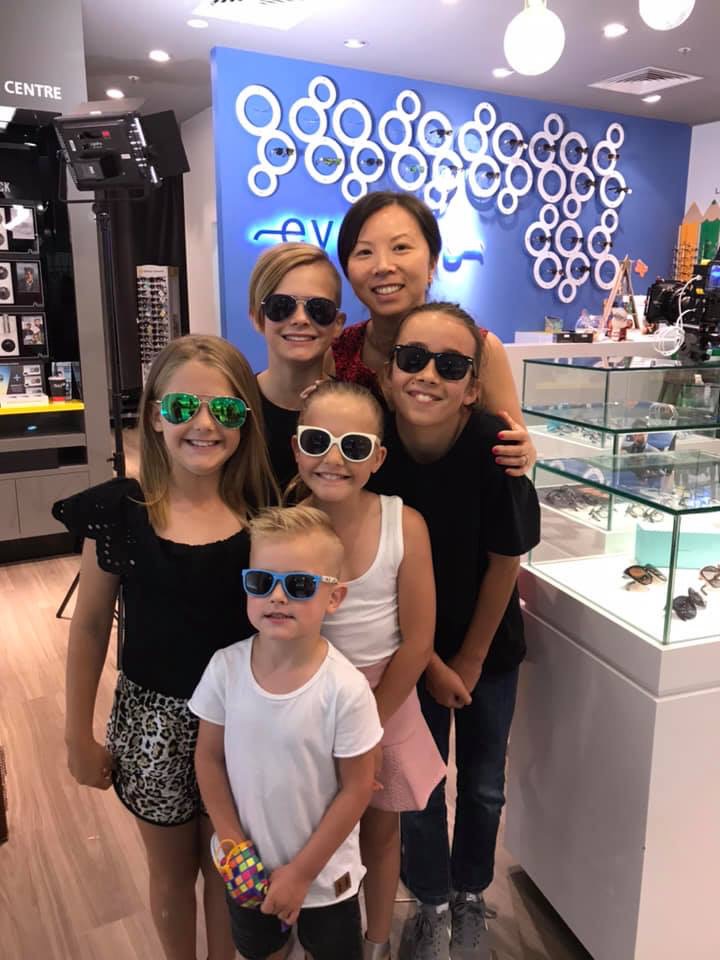GPs are the custodians of health, and as optometrists we can look at patient’s health through their eyes.

Why do you believe developing a referral network (in particular GPs) is so important?
“Developing a good connection with GPs, pharmacists and allied health practitioners is in the best interest of our patients, and crucial to the success of our practice. GPs are the custodians of health, and as optometrists we can look at patient’s health through their eyes. It is vital that we develop connections that convey any adverse findings directly to our colleagues in primary healthcare to enable the best outcomes for our patients.
I often find myself discussing the vascular factors of Hypercholesterolemia or Hypertension after reviewing retinal images and scans with my patients, and I am now in the habit of forwarding copies of these images to GPs for them to review management of cardiovascular risk.
Educating GPs on the scope and evolution of optometric practice since therapeutics and co-management with ophthalmology has been crucial in generating referrals from GPs to our practice.”
What do you feel are the key drivers/activities to your success in forging and building these relationships?
Communication is the key to success in this space. We delivered a custom letter with a referral pad to local GPs, pharmacists and allied health practitioners. We customised the communication for the appropriate practitioner thinking how we could help them.
For General Practitioners, a focus on the technology we have access to including retinal photography and OCTs, slit lamp photography and meibomian gland imaging, visual fields for driving and low vision assessments for falls prevention.
For pharmacists, focusing on the immediate presentations of acute red eyes, including foreign body removal and herpetic eye disease, traumatic eye injuries, dry eye, allergic eye disease; in addition to diabetic eye disease, glaucoma medication compliance and monitoring, headache and eyestrain complaints, falls management and low vision strategies.
Allied Health (e.g. physiotherapists, chiropractors, OTs): headache and digital eye strain, falls management and low vision strategies for maintenance of independence.
In addition, we forward copies of any referrals to ophthalmology colleagues and we call and talk to GPs if we’re concerned about any untoward medical issue with our patients (after discussing this communication with the patient concerned for privacy reasons.
What advice would you share with your ProVision colleagues who haven’t yet explored this opportunity?
This opportunity provides for the best possible outcomes for our patients, and by default it enhances patient loyalty through our care and going the extra mile. It has grown the scope of our practice by placing us as the expert in primary care in our community, as we often have the case that patients ring for GPs appointment regarding their eyes and the receptionists direct them to us to manage because we have the equipment to address their eye concerns.
We have also found that we receive many more referrals from ophthalmology since opening up our communication with GPs, and co-management circle is completed as GPs then get copies of referrals from ophthalmology to us which again enhances our reputation as the experts in primary eyecare in our community.



